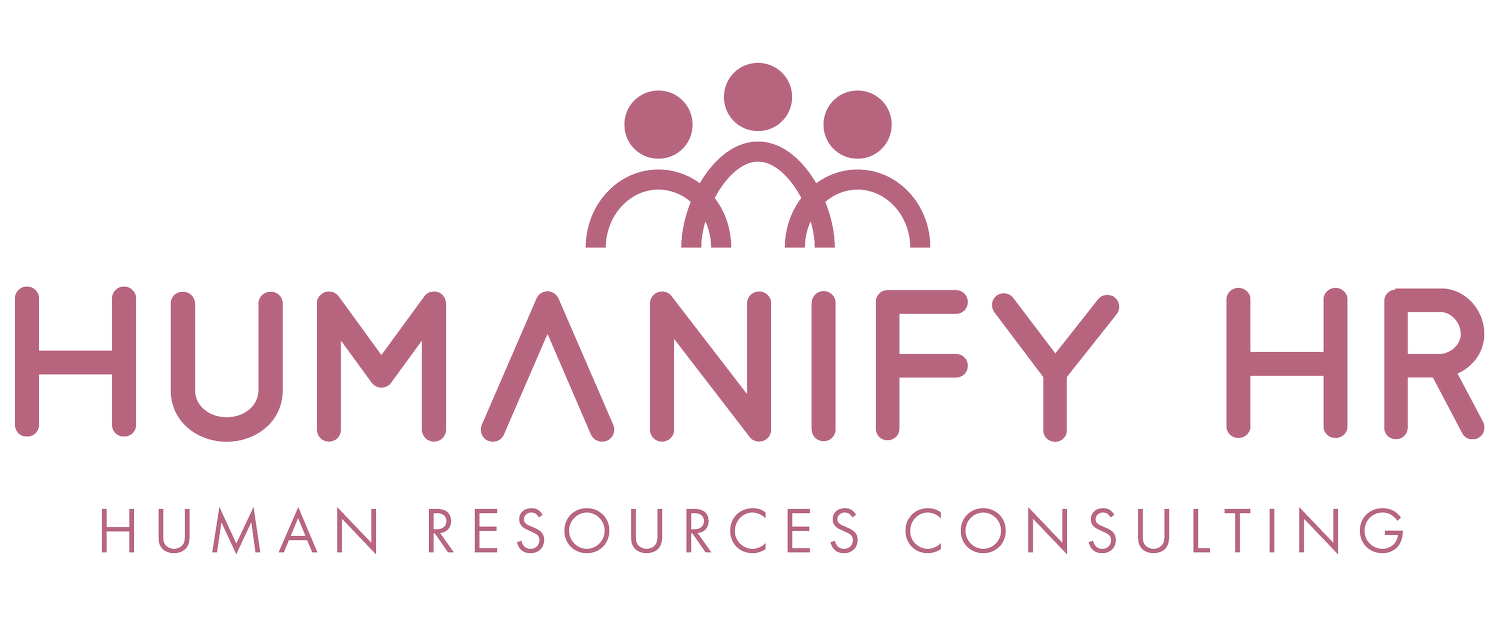BEAT END OF YEAR BURNOUT WITH THESE HANDY TIPS
Image of burnt out employee
What is the cost of burnout?
With changes this year to our workplace health and safety laws, that place a positive duty to prevent psychosocial hazards in the workplace like burnout, at the end of the year when the burnout risk is higher it is important to take steps to beat burnout.
Burnout is commonly misunderstood. This misunderstanding stops proactive action being taken to prevent and address the harmful impacts of burnout.
The cost of burnout is high to individuals, organisations and our communities more broadly. It is estimated that work related absenteeism and presenteeism costs the Australian economy upwards of $14.81 billion per year.
There are many factors that are contributing to higher rates of burnout. With more people working remotely, research included in the Microsoft Work Trend Index indicates they’re also working longer with new ‘work peaks’ observed outside of the traditional core hours of 9-5. In an online poll we conducted in late 2022, 85% of people told us they had experienced burnout in the last twelve months. This is a concerning, yet unsurprising finding. We know that people over the past couple of years have collectively experienced higher levels of uncertainty and stress that creates the perfect conditions for higher environmental risk factors that lead to burnout.
Why is burnout awareness so important?
Once someone is experiencing burnout, it can cause chronic physical and psychological symptoms. Unfortunately, as burnout is often stigmatised and not well understood – understanding what leads to burnout is not always shared or well understood.
Burnout does not discriminate; it can impact anyone. This is why creating awareness is so essential to the ultimate goal of preventing burnout. Only through creating awareness can burnout prevention really start to take shape and be effective. This is a collective role for our workplace leaders, Government, health sector and individuals to come together to discuss the prevalence and impact of burnout – and most importantly, the steps that will be taken to prevent it.
What is burnout?
Burnout is an occupational syndrome, that results from chronic workplace stress that has not been successfully managed (International Classification of Diseases, World Health Organization, 2019). Traditionally, burnout has been misunderstood as an individual issue that occurs due to a deficiency in individual personality traits and/or coping mechanisms. This unfortunately leaves the problem to individual to address alone. However, as research in this area develops, we know that burnout is a workplace issue, and that poor workplace practices result in people experiencing burnout. This research into burnout is important, as improving our collective understanding of a syndrome that has the likelihood to impact so many, brings us closer to being able to prevent burnout.
What causes burnout?
A major cause is poor workplace processes and practices that occur with repetition over an extended period of time, gradually reducing an individual’s ability to cope. Professor Christina Maslach who is pioneer in her research of burnout has identified six key causes:
1. Workload
2. Perceived lack of control
3. Lack of reward or recognition
4. Poor relationships
5. Lack of fairness
6. Values mismatch
Understanding these causes empowers individuals to know the triggers of burnout, and to care for themselves and others who may be experiencing the same symptoms. Additionally, raising this awareness helps leaders to readily identify these causes so they can take preventative measures to eliminate burnout triggers from their workplace. As we all know, prevention is better than a cure.
So, what can you do to prevent burnout?
If you own a business or lead and manage people, there are some key steps you can take to raise awareness of burnout and prevent it from negatively impacting your people and workplace culture. It is no longer an adequate response as an employer to encourage employees to engage in ‘more self-care’ to reduce the impacts of burnout. The critical first step employers can take is to start to manage burnout as they would other health and safety risks or hazards in the workplace---because burnout is a major health and safety risk – and a psychosocial hazard. Given its prevalence, it is also essential that employers take the necessary steps to ensure burnout is included as part of the businesses overall risk management framework.
More information
Do you need help educating your leaders on burnout prevention? Humanify HR Consulting have a range of resources available, including providing in-person education for executives and leaders on burnout prevention:
You can find out more about burnout awareness and prevention in ‘A Guide: Burnout Awareness and Prevention’ from our website: https://www.humanifyhr.com.au/hr-resources/p/a-guide-burnout-awareness-prevention?rq=burnout
You can listen to a podcast Pep Talks with Triiyo that our Managing Director, Sarah Queenan recently featured Beating Burnout: Proactive Strategies for Awareness and Prevention: https://www.youtube.com/watch?v=uF1IFaEpE-k&list=PLycCMYZt6bwMOvqtp88Q2-VNfV3Okeq24&index=3&t=6s
You can contact us at hello@humanifyhr.com.au to book Sarah to come and speak in your workplace to educate both leaders and employees on steps they can take to improve burnout awareness with the goal of ultimately preventing and beating burnout in your organisation.
Work with us
We work as a trusted partner to help Australian organisations excel in human resources and workplace relations. Contact us at hello@humanifyhr.com.au to see how we can work together to help you thrive in a new world of work.
Important Disclaimer: The material contained in this article is provided as general information only. It is not, nor is intended to be legal advice. If you wish to take any action based on the content of this article we recommend that you seek professional advice.



